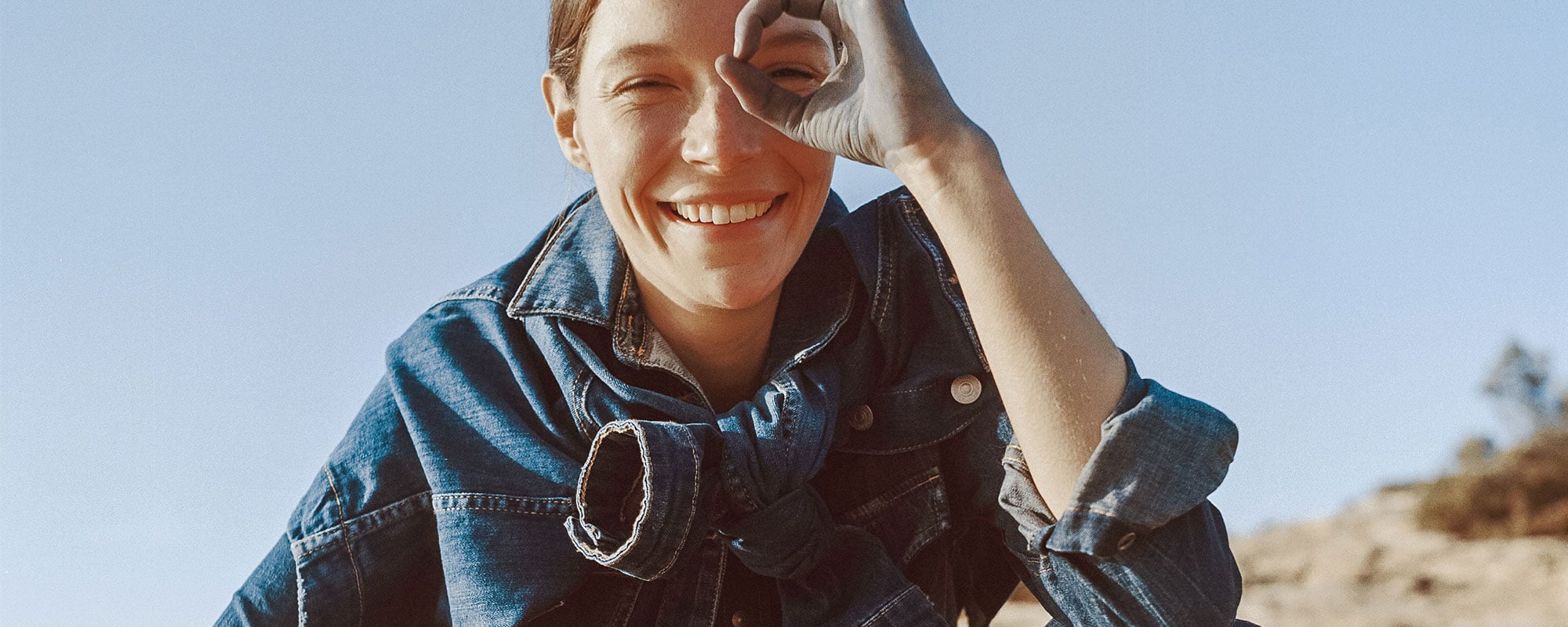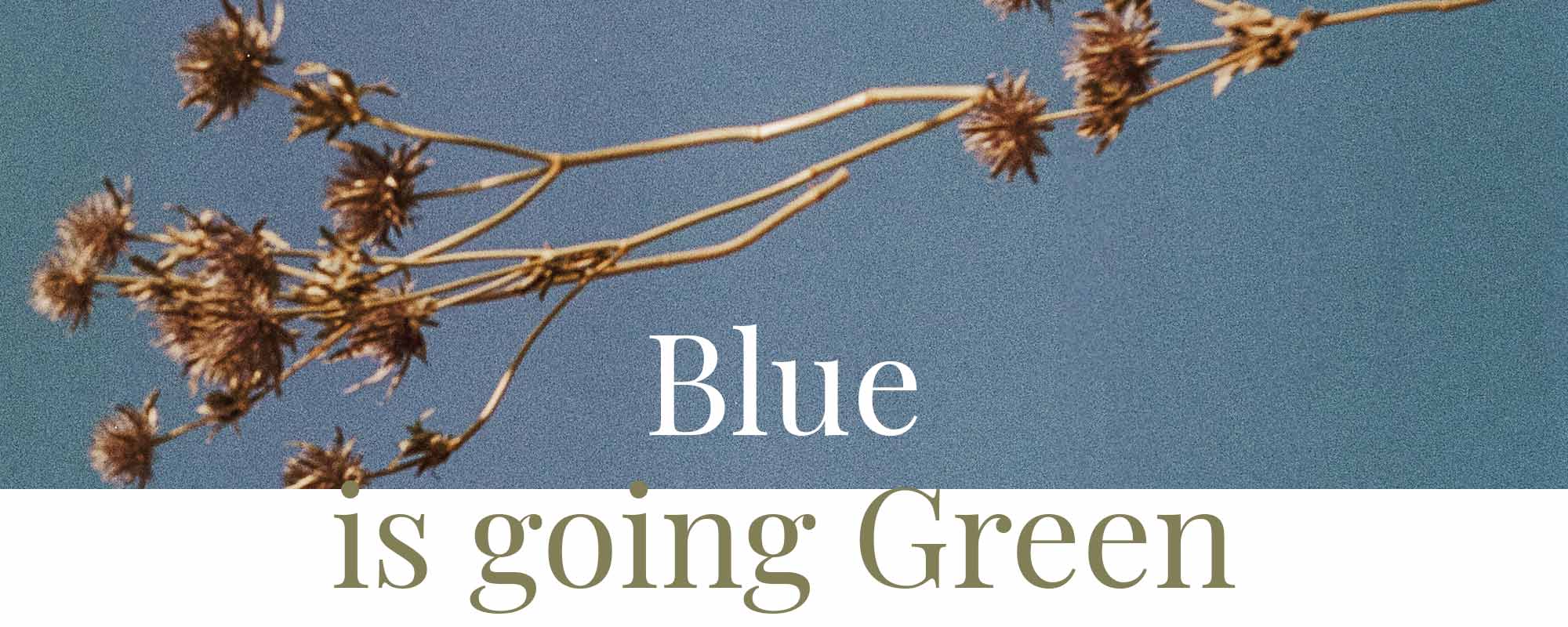
Almost 15 years ago already, Le Temps des Cerises introduced a series of environmental initiatives focusing on the way its jeans were manufactured:
. Reduced use of chemicals during the indigo dyeing process,
. Putting an end to use of pumice stone during the rinsing and finishing stages,
. OEKO-TEX® STANDARD 100 Q1267/1 IFTH labelling of our jeans (this represents 50% of our collection),
. Only working with suppliers equipped with a purification system for wastewater used during the production process,
. Use of specialised software to help us measure the environmental impact of our production process,
. Selection and development of the eco-design criteria of our jeans,
. Different capsule collections with an environmental aim, certain characteristics of which were then integrated into all of our collections: Japan Zero in 2010, stonewashed jeans that did not require a single drop of water or the Recycle collection in 2014, which integrated 20% recycled cotton.
To continue our improvement, in 2022, we chose to develop this approach and to extend our environmental and social commitments to promote more responsible fashion. We named this programme Blue is going green.
In practical terms, the main areas we are focusing on for the next two years are as follows:
. Furthering the eco-design approach for our clothes,
. Strengthening our environmental and social traceability,
. Reducing the environmental footprint of our network of boutiques and our logistics chain,
. Providing you with solutions to add value to the jeans you no longer wear,
01 OUR ECO-DESIGN INITIATIVE
Eco-design involves taking into account the environmental impact of materials and manufacturing processes we use, with the aim of reducing that impact as much as possible.
Regarding our jeans, our initiatives have always been guided by this approach. For 2023 and 2024, we are looking to increase the proportion of our jeans that are the result of supply chains with OEKO-TEX® STANDARD 100 Q1267/1 IFTH labelling. This standard certifies that textile products contain no chemicals that are harmful to the environment or to human health. OEKO-TEX® STANDARD 100 Q1267/1 IFTH can apply to raw materials, half-finished products or fully finished products. We have decided that our jeans, once they have been fully manufactured, must comply with OEKO-TEX® STANDARD 100 Q1267/1 IFTH in a way that includes the entire production chain. In 2022, 24% of jeans in our summer collection met the requirements of OEKO-TEX® STANDARD 100 Q1267/1 IFTH; the same was true of 12% of the winter collection.

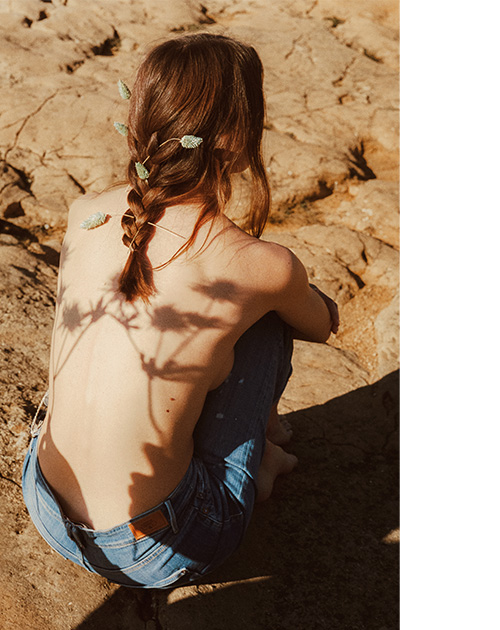
In our prêt-à-porter collection, eco-design is a central economic issue for Le Temps des Cerises. Additional costs arising from using environmentally friendly materials such as organic cotton or recycled polyester makes it difficult to maintain our price positioning. However, we wish to increase use of such raw materials in our production. In 2022, 7% of the items in our collections contained organic cotton or recycled polyester.
02 OUR ENVIRONMENTAL AND SOCIAL TRACEABILITY
The relationship between Le Temps des Cerises and our jeans suppliers located in countries around the Mediterranean has always been very close.
We carry out visits to their workshops approximately every month. This closeness allows us to see for ourselves that working conditions for employees in these companies meet our standards.
For our prêt-à-porter range, our suppliers are located in Asian countries. The distance between them and our HQ in Marseille makes maintaining a close relationship more complicated. In 2022, with the aim of gauging their maturity, we sought to explore the positions of 7 of our main partners via an environmental and social questionnaire.
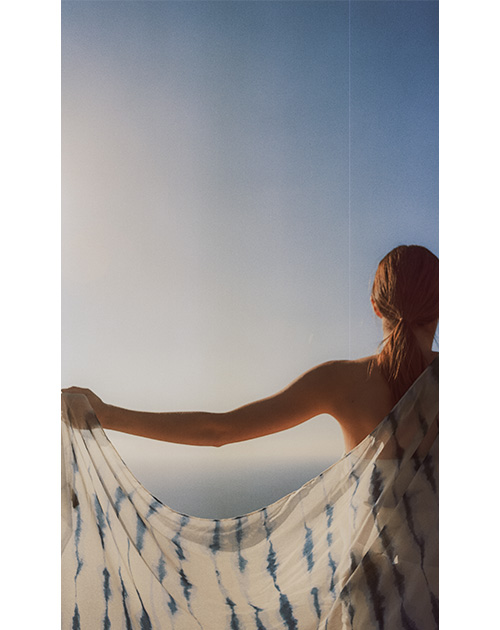
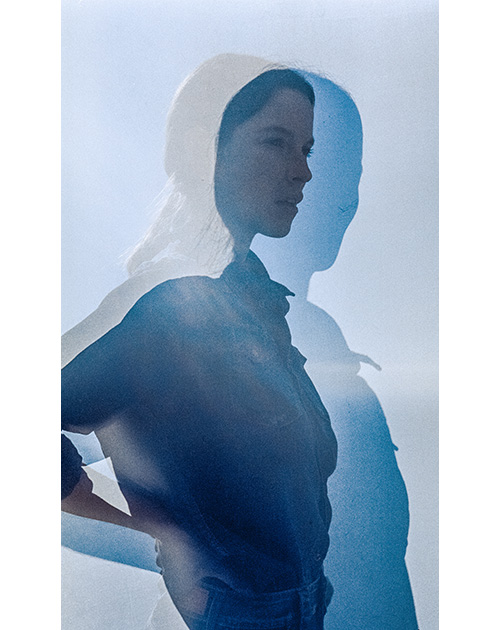
Le Temps des Cerises has set several objectives following this exercise:
. Assess our supplier’s approaches in the same way at least every 2 years with the aim of following the progress of their environmental and social initiatives,
. In 2023, to organise physical visits to our main suppliers,
. In 2022, organising regular in-person visits to our partners where environmental and social issues have been identified.
03 THE ENVIRONMENTAL IMPACT OF OUR LOGISTICS CHAIN AND OUR NETWORK OF BOUTIQUES
With several thousand orders placed via our website every year and almost 82 physical boutiques, our logistics chain and our network need to be integrated into our Blue is going Green programme.
In terms of logistics, over the last few years we have managed to virtually put an end to our use of air transport. Today we prioritise maritime transport. We have also put an end to use of non-recycled plastic packaging in our textiles department. Our models are now produced using recycled and recyclable plastic.
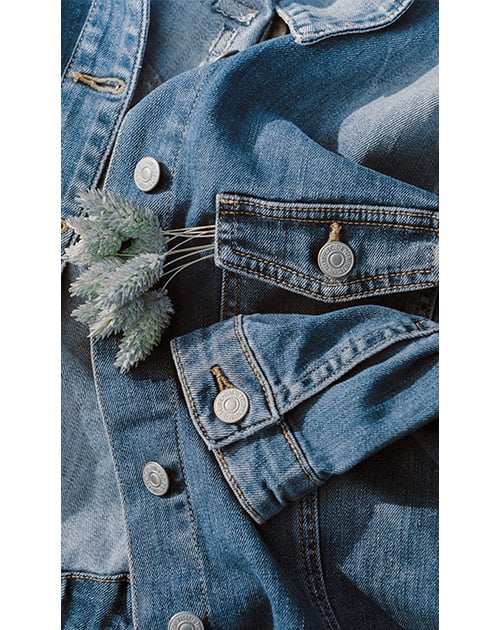
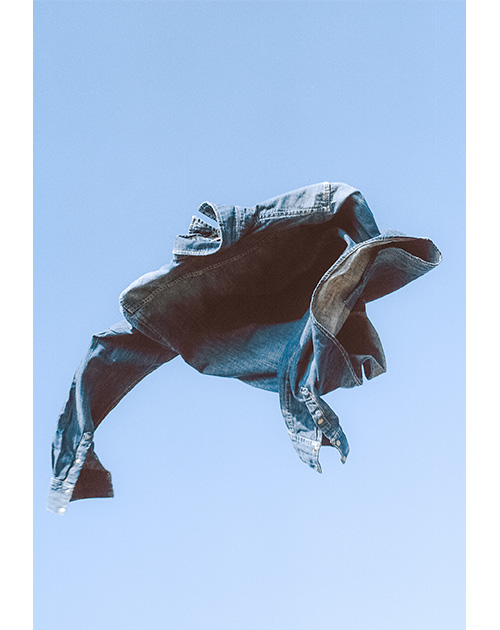
Regarding our stores, the Blue is going Green programme specifically provides an opportunity to continue the efforts we have already made. Our future boutiques will all use low-consumption lighting and air-conditioning systems and the furniture used in our stores will be mainly second hand.
04 ALLOWING YOU TO EXTEND THE LIFESPAN OF YOUR JEANS
Following a reorganisation of our practices, we have today managed to eliminate overproduction. This is thanks to more regular supply runs to meet our clients’ requirements more precisely: jeans are ordered around twice per month and prêt-à-porter three times per season.
After production, we now want to integrate another stage of the existence of our clothes: extending their lifespan. In 2023 and 2024, we hope to try out the possibility of repairing Le Temps des Cerises clothes belonging to our customers directly in our stores. This trial will be carried out thanks to our pilot boutiques. We are delighted about this initiative; it mirrors the origins of Le Temps des Cerises when Lylian Richardière and his father ran a second-hand clothes store specialising in vintage items.
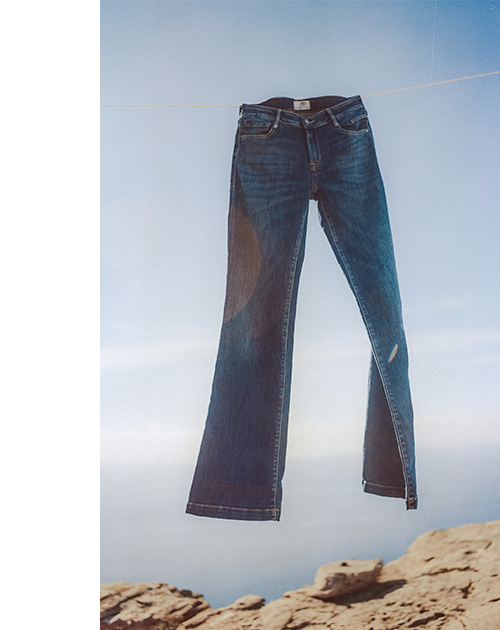
On a more one-off basis, in 2022 and 2023, Le Temps des Cerises was able to add value to jeans that had reached the end of their lifespans and were collected in our boutiques. Nearly 4 tonnes of jeans were supplied to the Ouateco company, based near to Bayonne, to be transformed into thermal insulation made using recycled cotton.
05 TRANSPARENT COMMUNICATION AS PART OF THE BLUE IS GOING GREEN PROGRAMME
Similar to the presentation of our ambitions and our projects, we also want to regularly share news with you about how our working is progressing. Blue is going Green will thus become a separate part of our communications on social networks. It will present what we have achieved and the progress of our different initiatives.

